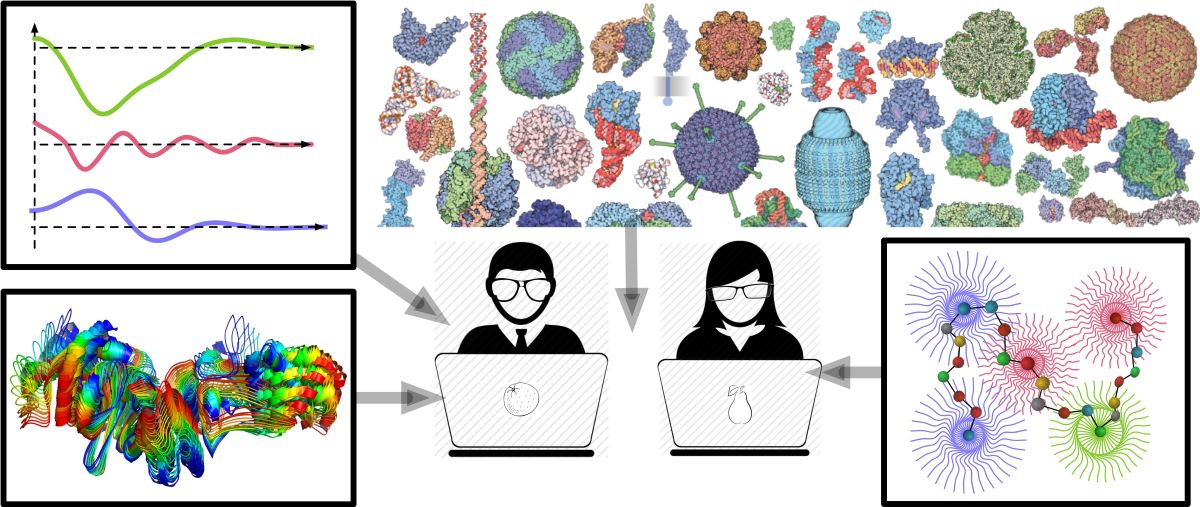Speaker
Description
Beyond determining the 3D arrangement of interacting protein partners, assessing the impact of sequence variations on binding affinity and specificity is of utmost importance. I will present two methods we developed to address this question. The first method, DLA-Mutation [1], relies on geometric deep learning for predicting mutation-induced binding affinity changes. It exploits and contrasts information from 3D local environments defined around the wild-type and mutated residues in the protein-protein complex. DLA-Mutation combines self-supervised learning from a large collection of protein-protein complexes with the supervised learning of a small number of experimental binding affinity changes. It reaches a Pearson correlation coefficient of 0.735 on about 400 mutations on unseen complexes and displays better generalization capability than the state-of-the-art methods. Beyond assessing the impact of mutations, I will showcase how to use the learned representations for various downstream tasks. The second method, ASPRING [2], systematically detects repeated protein regions alternatively used in evolution. ASPRING identified about 5000 alternative repeats in the human coding fraction, among which 351 are involved in direct interactions in experimental 3D complex structures. I will highlight some examples with conserved amino acid variations between the repeats pointing to potential interaction specificity-determining sites.
[1] Szatkownik A., Zea DJ., H. Richard and E. Laine (2023). Building alternative splicing and evolution-aware sequence-structure maps for protein repeats. J. Struct. Biol. 215:107997 doi: 10.1016/j.jsb.2023.107997
[2] Mohseni Behbahani Y., E. Laine and A. Carbone (2023). Deep Local Analysis deconstructs protein-protein interfaces and accurately estimates binding affinity changes upon mutation. Bioinformatics 39:i544–i552 doi: 10.1101/2022.12.04.519031
| Submitting to: | 8th CAPRI assessment meeting |
|---|

